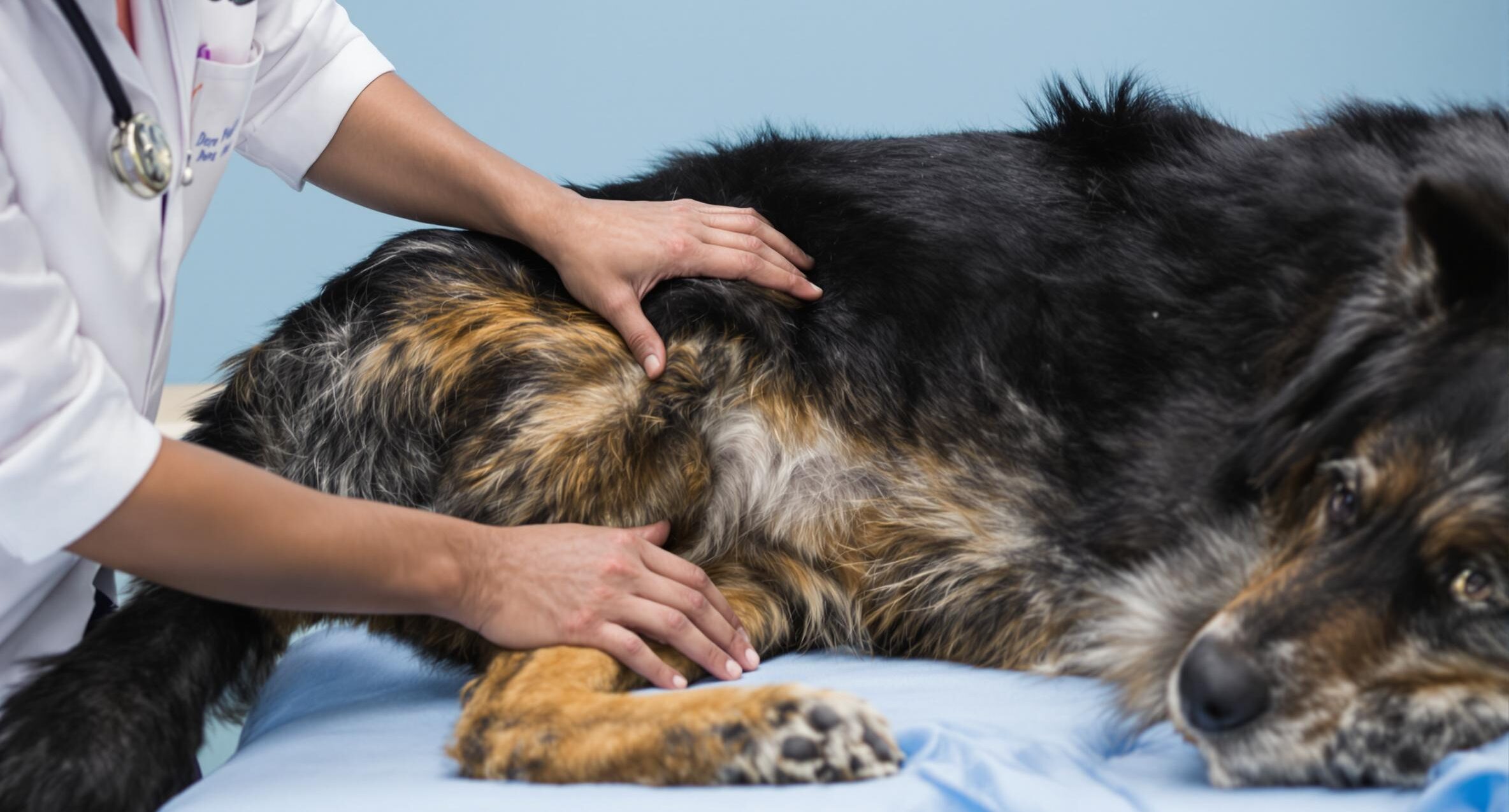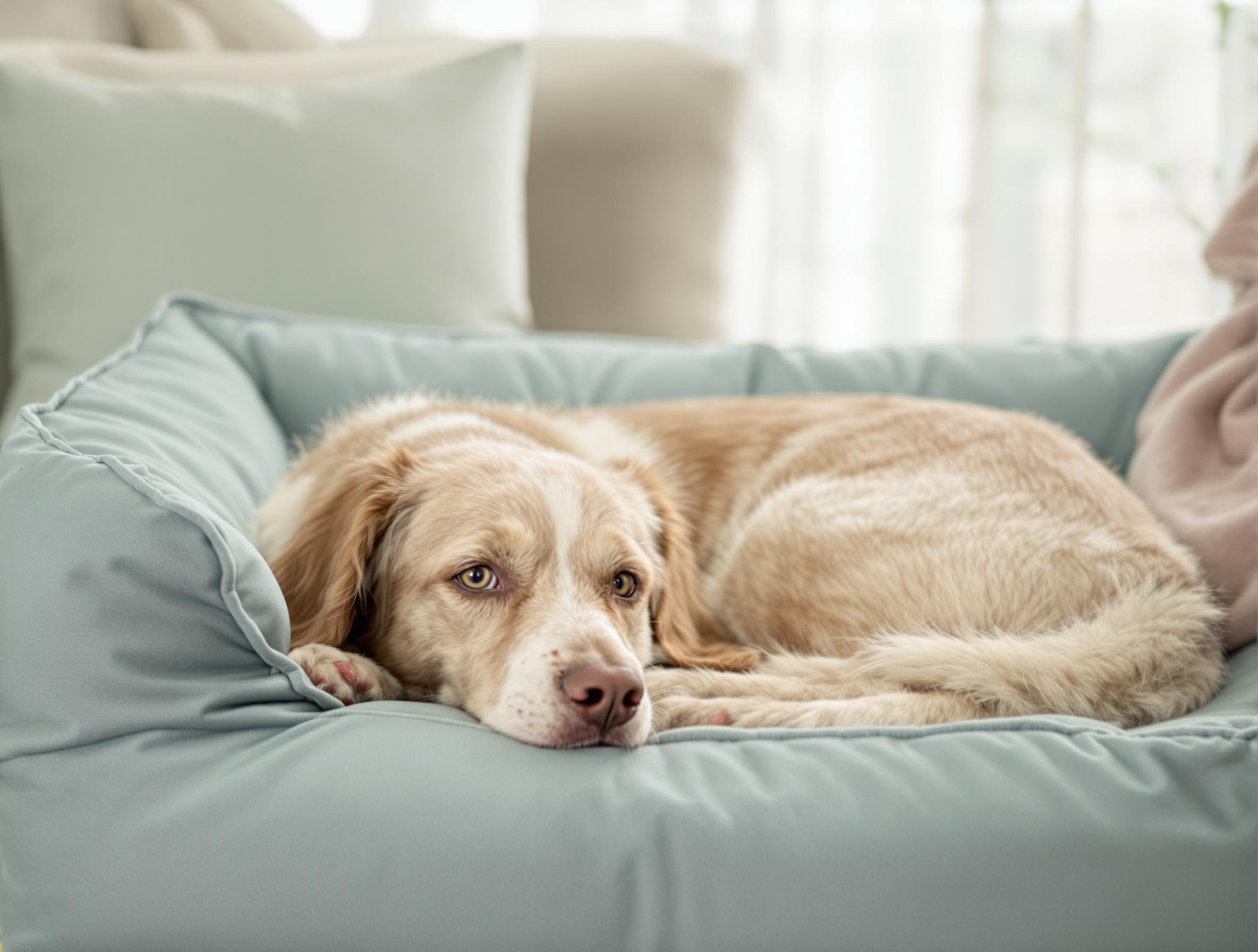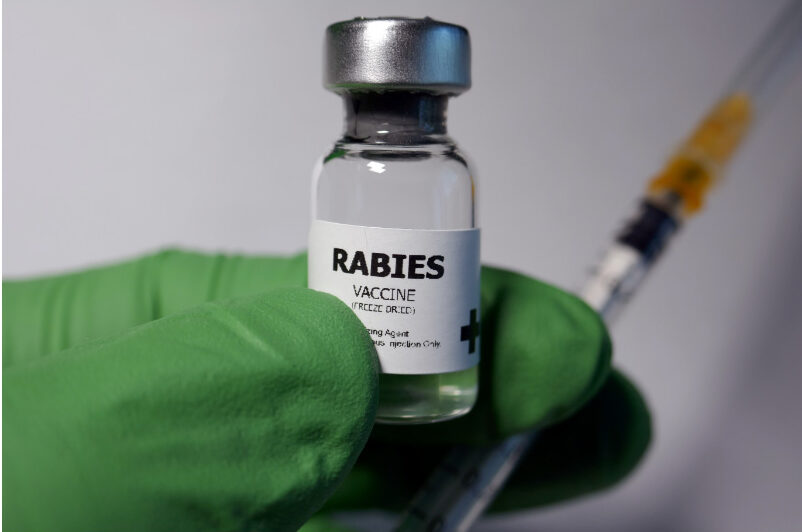8 Simple Strategies to Train Your Dog Not to Bite
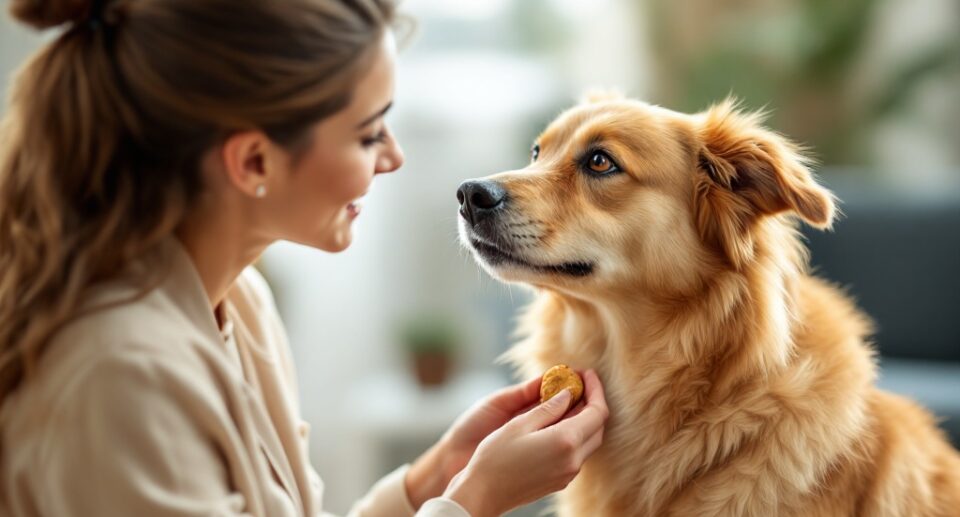
Key takeaways:
- Understand the root causes of dog biting behavior and learn to communicate effectively with your pet to prevent incidents.
- Implementing early socialization and positive reinforcement training can significantly reduce biting risks and enhance your pet’s social skills.
- Consistent mental and physical stimulation, along with professional guidance when needed, helps in managing and correcting unwanted biting behavior.
You love your dog, but those little nips and bites can be frustrating—or even painful. Whether it’s playful mouthing, teething discomfort, or a response to fear, biting is a behavior that needs to be managed early. The good news? With the right training techniques, patience, and consistency, you can teach your dog to interact gently and confidently.
Training your dog to stop biting isn’t just about correcting bad behavior; it’s about strengthening your bond and ensuring they feel safe and secure. If your dog’s biting is linked to anxiety, aggression, or pain, consult your veterinarian for guidance. PetHealthMD provides expert-backed training resources to help you create lasting behavioral changes through practical, easy-to-follow techniques. Let’s get started on the path to a well-mannered, happy pup!
Understand why dogs bite
Dogs naturally explore with their mouths, but without guidance, this behavior can lead to biting. Most of the time, your dog isn’t being aggressive—they’re expressing stress, fear, excitement, or discomfort. Even the gentlest pup might react if they feel scared or are in pain.
Your dog gives warning signs before they bite—like barking, growling, or pulling away. Recognizing these signals helps you prevent unwanted behavior before it happens. If you suspect your dog’s biting is due to pain or an underlying medical issue, consult your veterinarian to rule out health concerns. By paying attention to your dog’s body language and responding appropriately, you can build a deeper level of trust and understanding.
1. Start with early socialization
If you have a puppy, now is the best time to introduce them to new experiences in a safe and positive way! Socialization teaches your pup that the world is safe and helps prevent fear-based biting later on.
Take your dog on short trips, let them meet friendly people and animals, and expose them to different sights, sounds, and environments. If you notice your dog feeling overwhelmed—like tucking their tail or avoiding eye contact—give them space and introduce new experiences at their own pace. A well-socialized dog is more confident, relaxed, and less likely to bite.
2. Implement positive reinforcement training
Want to teach your dog good habits? Reward them when they do something right! Dogs learn best when they connect good behavior with positive experiences.
- When your dog sits calmly instead of jumping on guests—reward them.
- If they gently take a treat instead of grabbing it—praise them.
- The moment they let go of a toy on command—offer a reward.
The key is consistency. If your dog nips during play, pause the game immediately. When they play gently, praise them and continue the fun. This helps them understand what’s okay and what’s not.
3. Use reward-based training methods
Training should be a positive experience for both you and your dog, keeping sessions fun and engaging. Keep sessions short and engaging, around 5-8 minutes at a time. Rotate between their favorite treats, toys, and praise to keep them motivated.
- Practice commands in different locations so your dog understands that good behavior applies everywhere.
- Reinforce gentle play by rewarding them when they keep their mouth soft.
- Slowly transition from treat-based rewards to verbal praise and affection as your dog masters each skill.
4. Offer appropriate chew toys
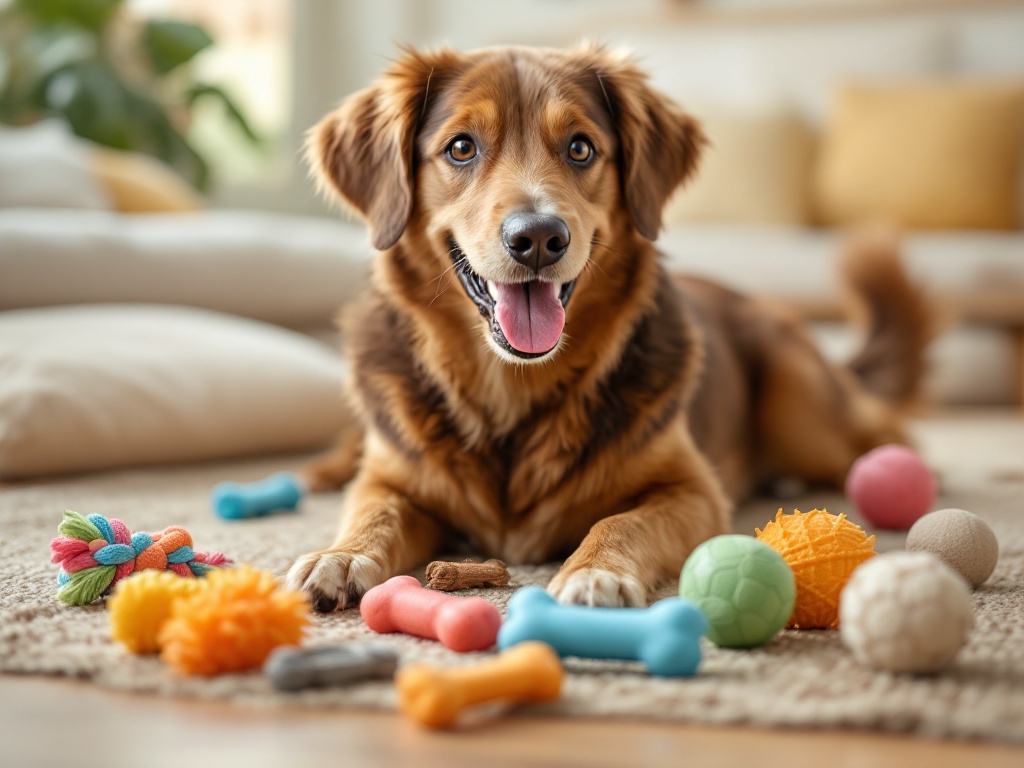
Chewing is a natural behavior for dogs—especially puppies. Instead of letting them gnaw on your hands or furniture, provide safe chew toys.
Choose toys that match your dog’s size and chewing strength. Some dogs love soft plush toys, while others need durable rubber options. Rotate their toys regularly to keep playtime exciting and prevent boredom-related biting.
5. Correct unwanted biting behavior
When your dog nips, stay calm and redirect them to an appropriate behavior.
- If your dog mouths your hand, gently remove it and give them a chew toy instead.
- If they get too excited during play, pause the interaction and resume once they settle down.
- Avoid scolding or physical corrections—these can make your dog fearful and increase anxiety-based biting.
6. Address teething in puppies
If your puppy is chewing everything in sight, they’re likely teething. This phase lasts from about 3 to 7 months and can be uncomfortable for them.
Help ease their discomfort by offering frozen carrots, chilled washcloths, or rubber teething toys. Encourage them to chew on appropriate items by praising them whenever they pick the right toy instead of your furniture or fingers! If your puppy is excessively uncomfortable or not eating well, check with your veterinarian.
7. Provide ample exercise and mental stimulation
A tired dog is a well-behaved dog! Many biting behaviors stem from pent-up energy or boredom.
- Small dogs need about 30 minutes of play twice a day, while larger breeds may require up to an hour.
- Mental stimulation is just as important! Try food puzzles, hide-and-seek games, or training sessions to keep their brain engaged.
- Mix up your routine with walks, fetch, tug-of-war, or scent games to keep things interesting.
8. Seek professional help when necessary
If your dog’s biting is persistent or aggressive, don’t hesitate to get professional guidance. Trainers and behaviorists can help identify the cause and create a custom training plan that works for your dog.
If you suspect medical issues may be contributing to your dog’s behavior, consult your veterinarian. Some biting behaviors stem from pain, discomfort, or underlying health conditions that need treatment.
Pro tip: Teach your children how to interact with a dog
If you have kids, it’s important to teach them how to interact with your dog safely. Even the friendliest pup can get overwhelmed if a child pulls their tail or hugs them too tightly.
- Create a quiet space where your dog can retreat if they need a break.
- Teach children to recognize when a dog is feeling uncomfortable and to respect their space.
- Set clear rules: no rough play, no bothering the dog while eating, and always ask before petting.
- Use the “Three-Second Rule”: Let the child pet the dog for three seconds, then pause and see if the dog wants more attention.
Frequently asked questions about dog training techniques
Which training techniques work best for different dog personalities?
Just like people, every dog is unique! Energetic dogs often respond well to structured training games, while shy dogs need patience and gentler approaches. Pay attention to your dog’s personality and adjust your training style accordingly.
What signals warn that my dog might bite?
Look for warning signs like stiff body language, avoiding eye contact, lip licking, growling, or showing teeth. Recognizing these signals helps you step in before a bite happens.
What should I do when my dog guards food or toys?
Resource guarding is often rooted in insecurity. Use training exercises that involve trading high-value treats for the guarded item. If your dog shows aggression, seek professional training to address the behavior safely.
What are common training mistakes to avoid?
Inconsistency, mixed signals, and using punishment can confuse your dog. Focus on clear communication, set firm boundaries, and always use positive reinforcement.
How can I tell if my training techniques are working?
A relaxed posture, enthusiastic participation in training, and calmer responses to previous triggers are all signs of progress. Celebrate small wins and stay consistent!
Train your dog not to bite: strengthening your bond
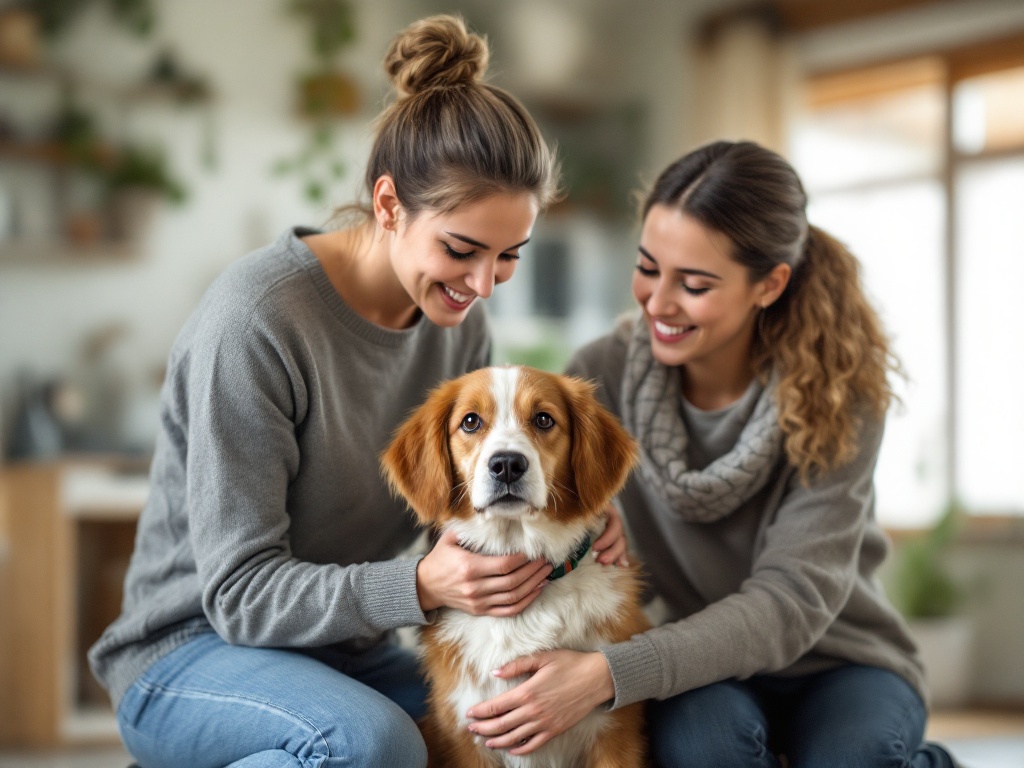
Teaching your dog not to bite isn’t just about stopping a habit—it’s about building trust and ensuring they feel safe. If your dog’s biting seems unusual, persistent, or linked to pain or aggression, consult your veterinarian. A vet can help rule out medical causes and provide the right guidance for managing the behavior effectively.
Ready to take your training to the next level? Visit PetHealthMD for expert-backed resources, step-by-step training guides, and practical advice to help your dog become a well-behaved, happy companion!



